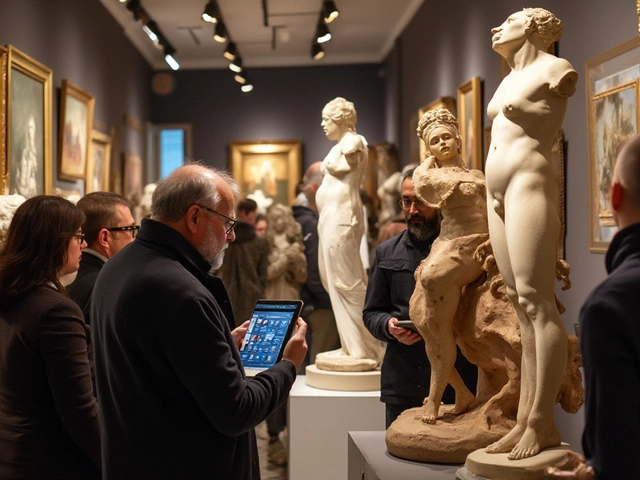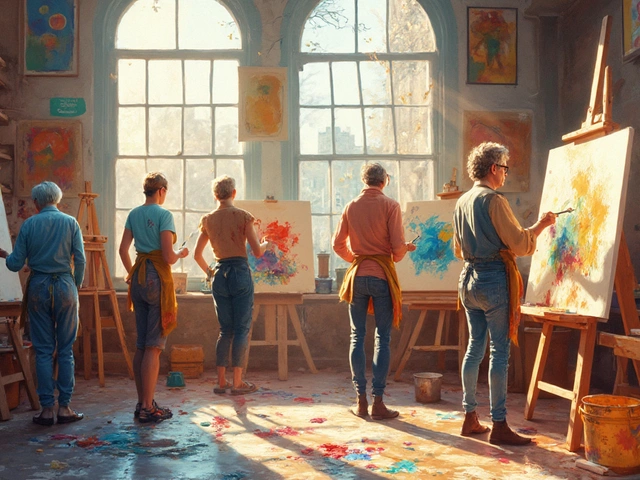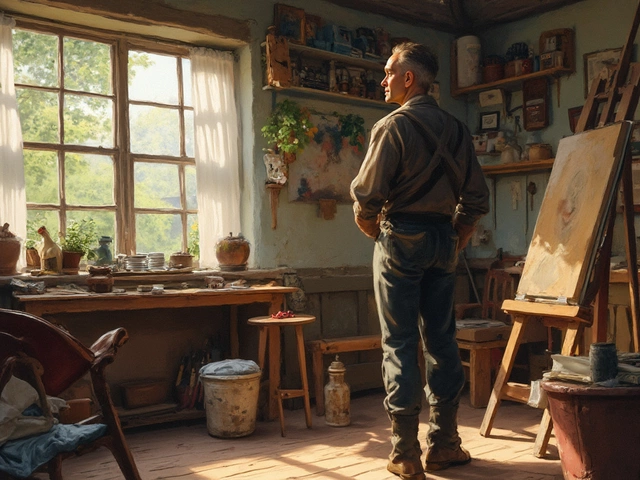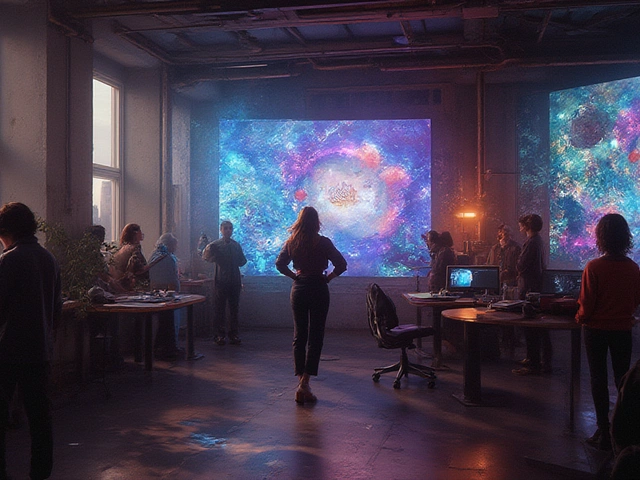How to Start Sculpting: Your First Steps in 3‑D Art
When you decide how to start sculpting, the process of turning raw material into three‑dimensional art, the journey begins with three core choices. First, pick the right sculpture materials, such as clay, plaster, wood, stone or metal that shape the final piece. Next, gather the essential sculpture tools, hand chisels, wire loops, modeling knives and basic power equipment that let you carve, model or assemble. Finally, learn the basic sculpture techniques, including additive modeling, subtractive carving and simple casting, which give you a skill set to bring ideas to life. These elements are tightly linked: choosing the right material influences which tools you’ll need, and mastering a technique determines how you’ll combine them. In short, how to start sculpting encompasses material selection, requires basic tools, and relies on foundational techniques.
Planning Your First Piece and Staying Safe
Before you even touch a chisel, outline a clear design concept. Sketching a small maquette helps you see scale, balance and proportion, and it guides material choice. Once the concept is set, create a safe workspace: good ventilation for dust, a sturdy bench, and protective gear like goggles and gloves. Safety isn’t an afterthought; it protects both the artist and the work. By integrating safety practices early, you reduce accidents that can stall progress. This planning stage also answers the question of which technique fits the project—additive methods work well for clay maquettes, while subtractive carving shines with stone or wood.
With materials, tools, and a plan in place, the next step is hands‑on practice. Start with a simple form—perhaps a sphere or a basic bust—to focus on tool handling and material response. As you gain confidence, experiment with mixed media, combining plaster with wire armature or integrating metal inserts for added strength. Each experiment teaches you how different materials behave under pressure, sharpening your intuition for future projects. Remember, early mistakes are valuable lessons; they reveal how tool angles affect chisel depth or how moisture levels change clay workability.
The collection below pulls together articles that dive deeper into each of these areas. Whether you’re hunting for a deeper look at clay modeling, want a checklist of essential hand tools, or need safety tips for a home studio, you’ll find practical guidance to keep your sculpting journey moving forward. Let’s explore the resources that will turn your curiosity into confident, three‑dimensional creations.
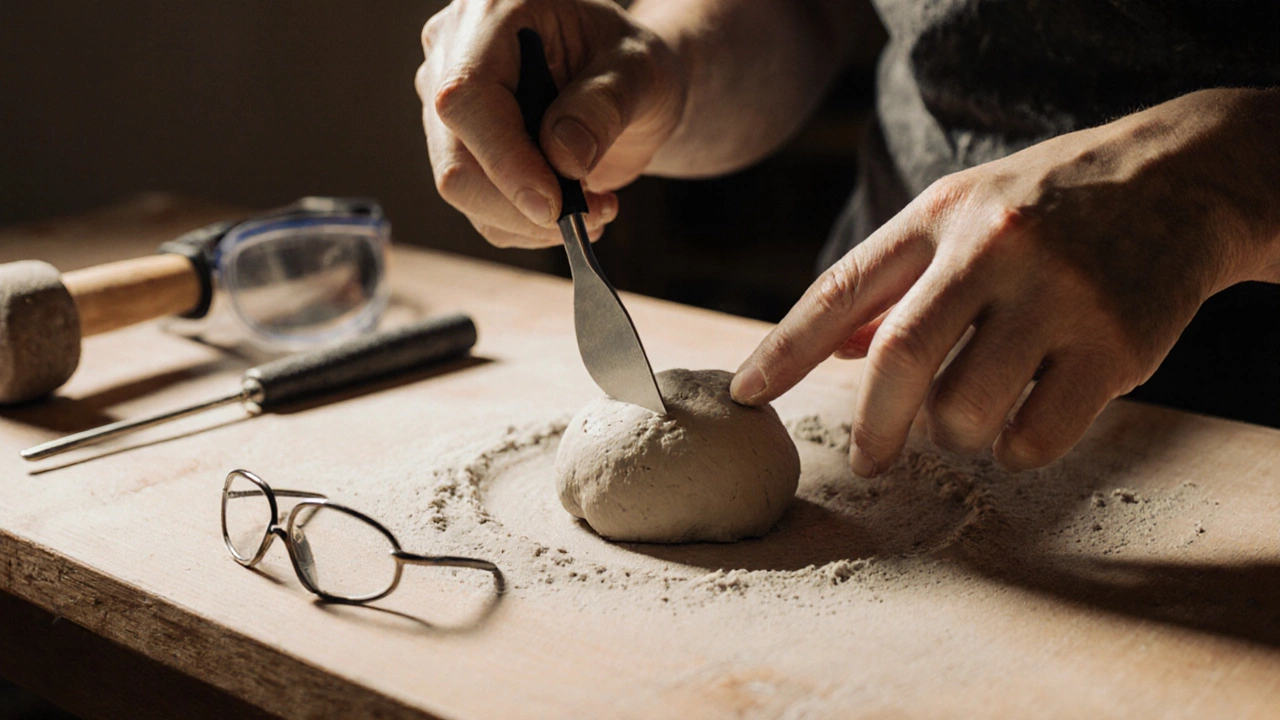
A practical beginner's guide covering materials, tools, workspace setup, easy first projects, safety tips, and next steps for anyone wanting to start sculpting.
